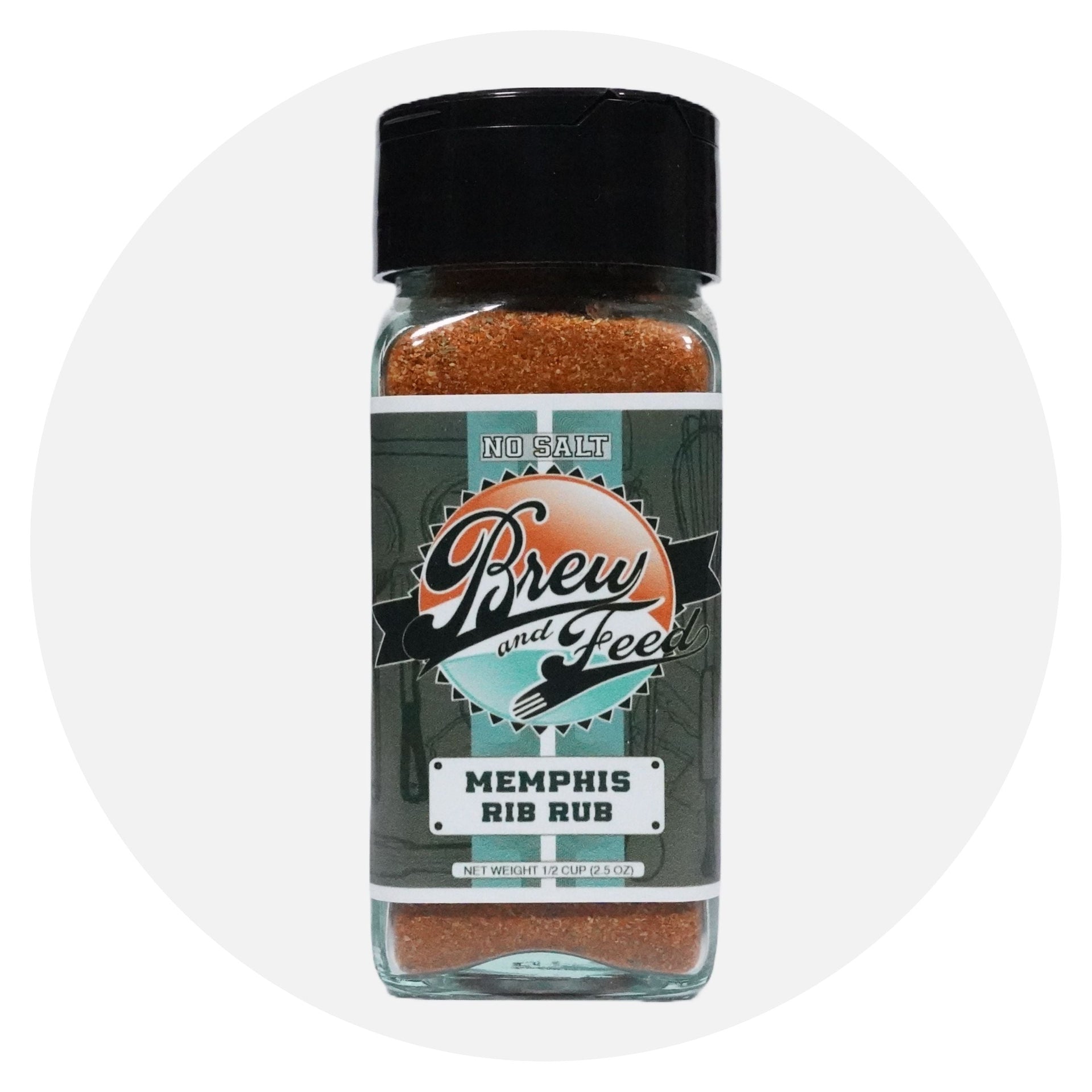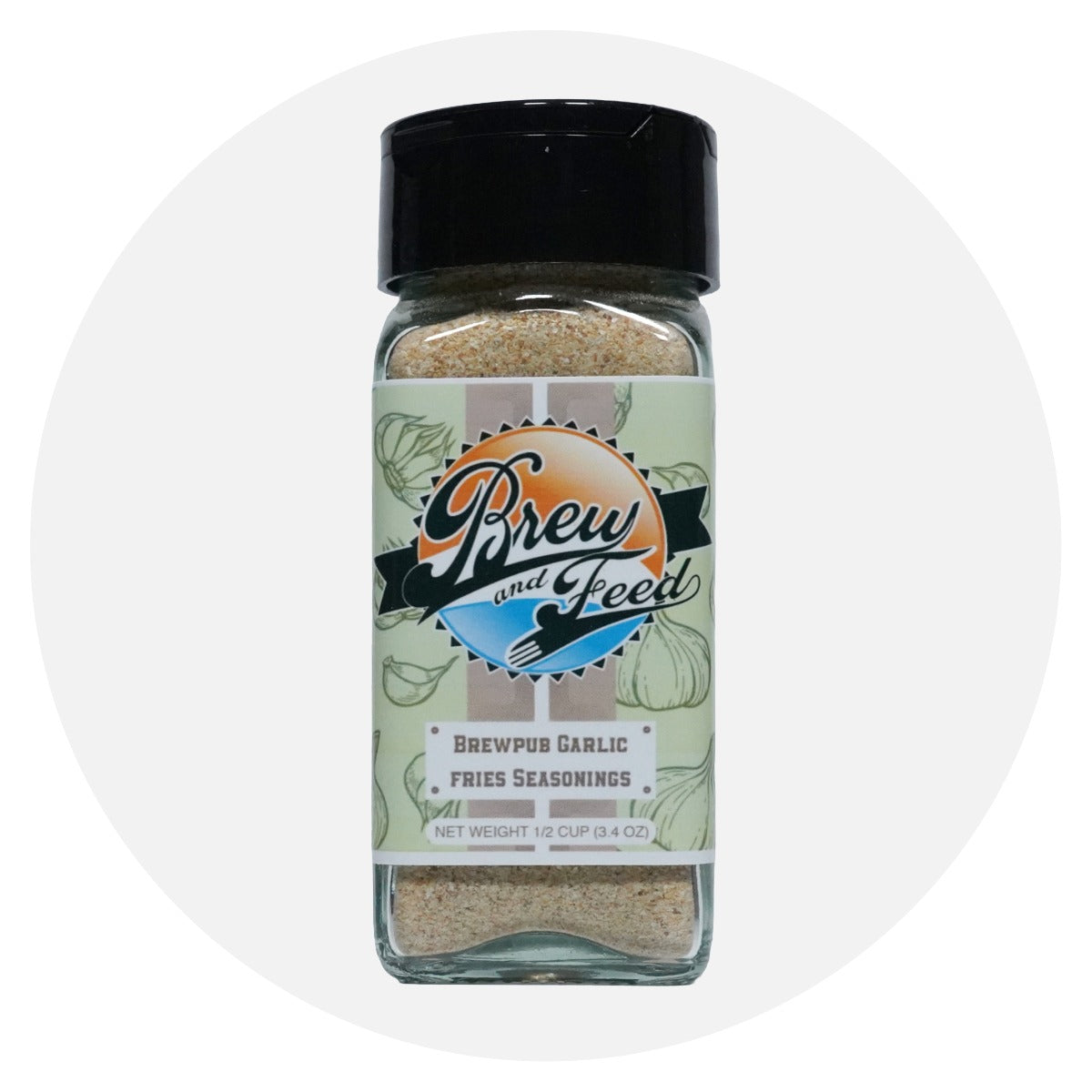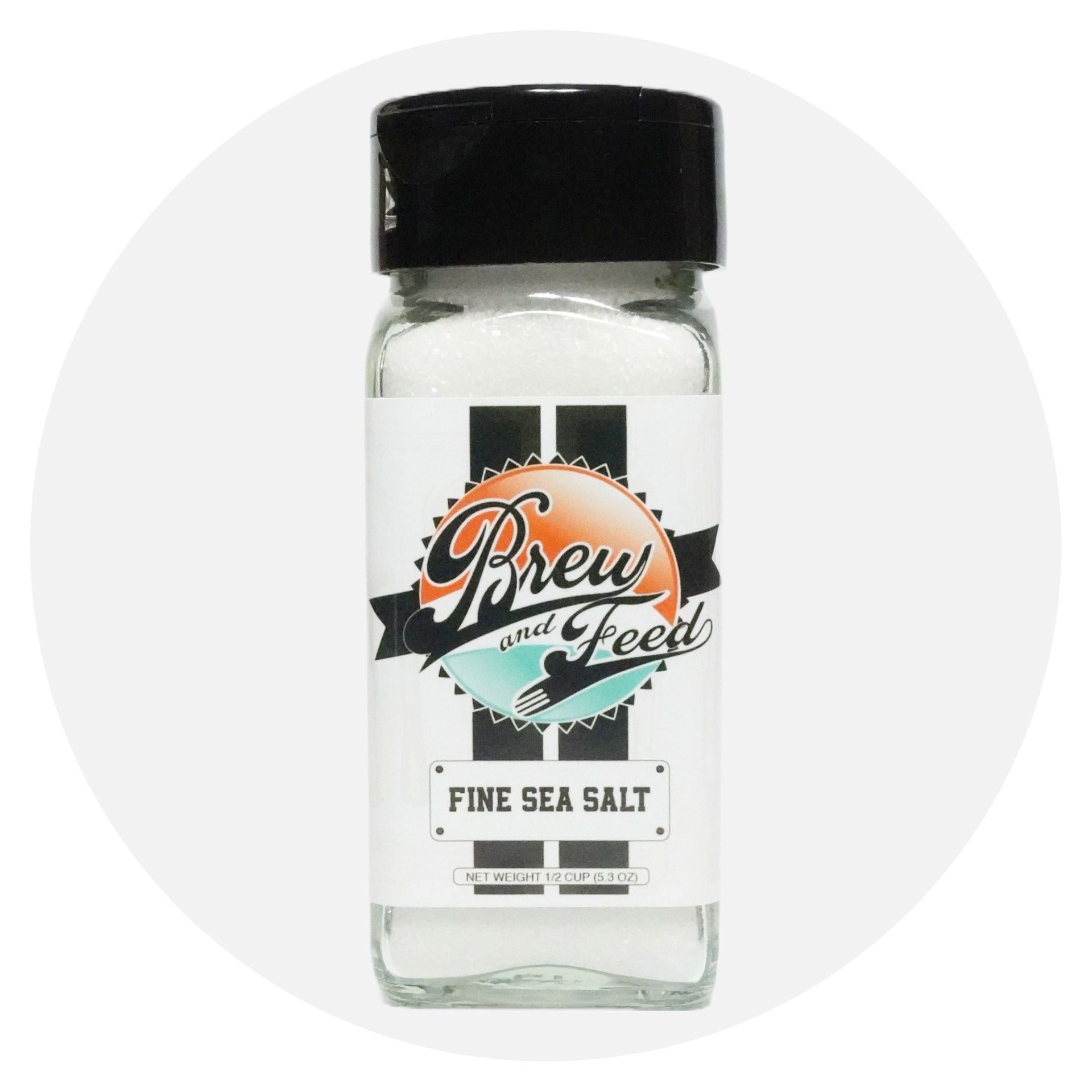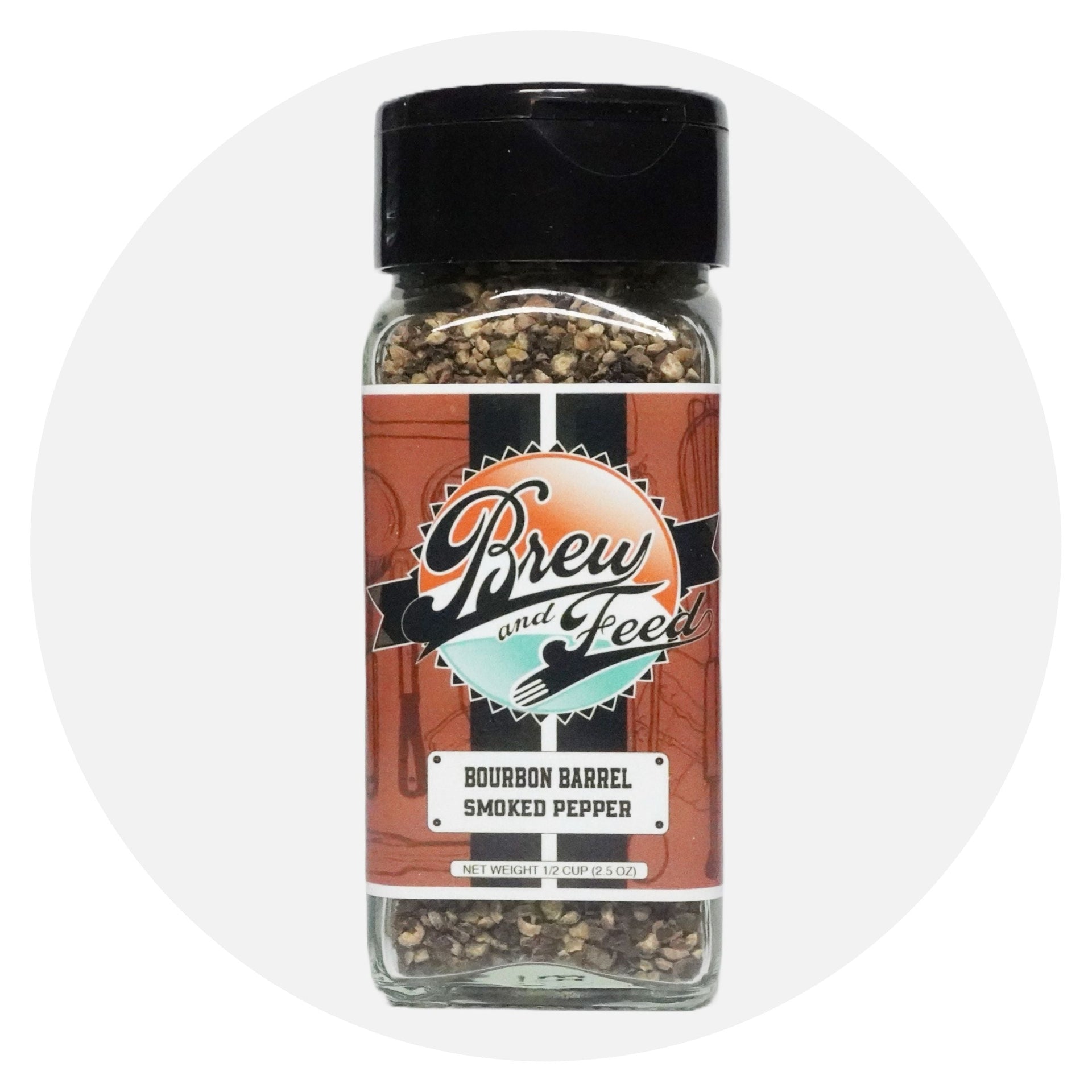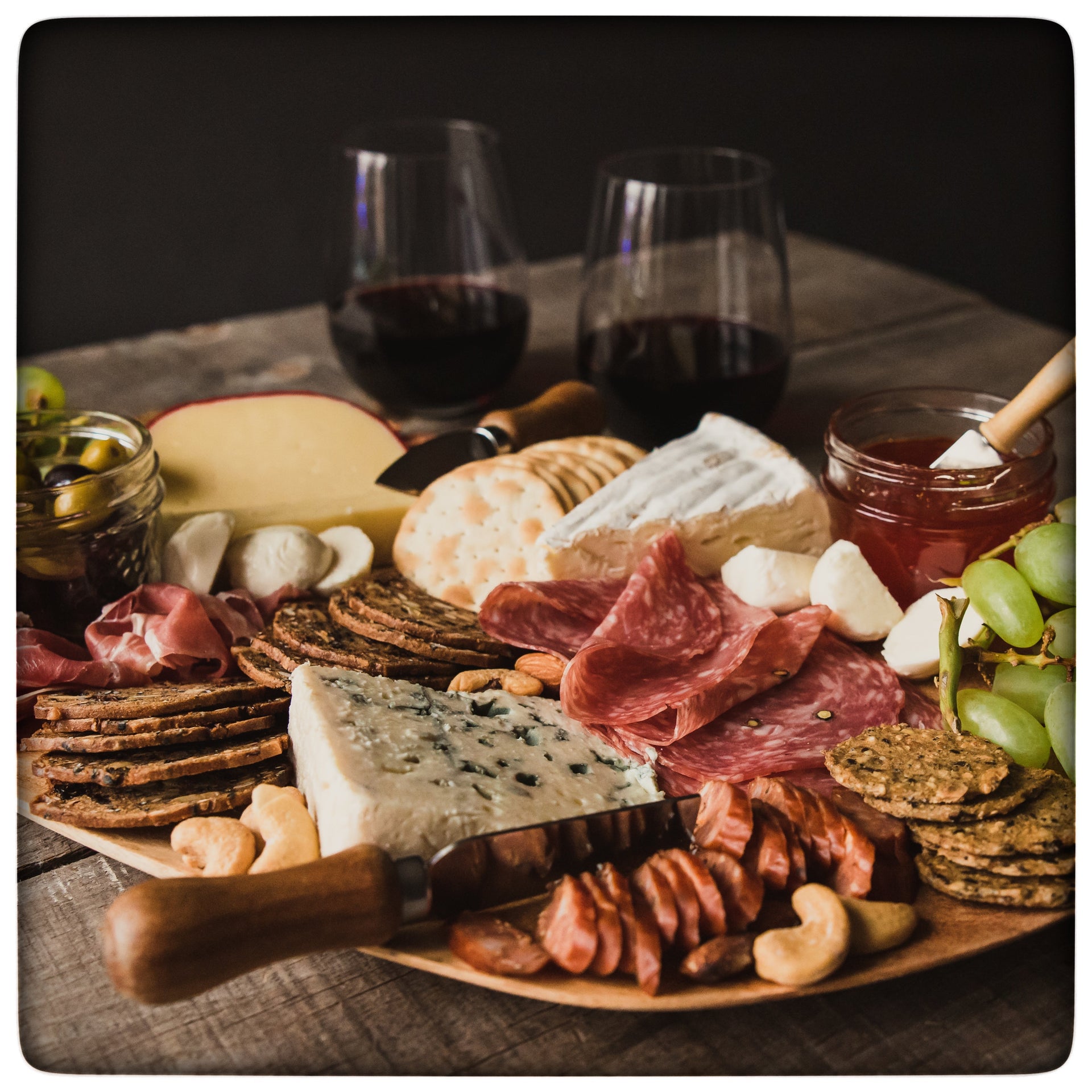
The Art of Charcuterie: Crafting Irresistible Charcuterie Boards
Few things evoke the same level of sophistication and indulgence as a well-curated charcuterie board. Originating from the French term "chair cuite," which translates to "cooked flesh," charcuterie encompasses a variety of cured and preserved meats, offering a sensory culinary experience that tantalizes the taste buds. In this blog post, we'll delve into the art of charcuterie and share tips on how to create the perfect charcuterie board to amp up your dining experience.
The Charcuterie Renaissance
Historically, charcuterie was born out of the necessity to preserve meats before the advent of refrigeration. What began as a practical solution has evolved into a culinary art form, with artisans and chefs experimenting with various curing and aging techniques. Today, the charcuterie renaissance has taken the world by storm, with an array of meats, cheeses, condiments, and accompaniments that cater to diverse palates.
Components of a Stellar Charcuterie Board
1. Cured Meats: The heart of any charcuterie board lies in its selection of cured meats. Opt for a diverse range, including prosciutto, salami, chorizo, and coppa. These meats offer a spectrum of flavors and textures that harmonize beautifully.
2. Cheeses: A variety of cheeses adds depth and richness to your board. Choose different types, such as a creamy brie, a sharp cheddar, a tangy blue cheese, and a firm aged gouda. The interplay of textures and flavors will keep your guests coming back for more.
3. Condiments and Spreads: Elevate your charcuterie board with an assortment of condiments and spreads. Fig jam, grainy mustard, honey, and chutneys complement the meats and cheeses, creating delightful pairings that dance on the palate.
4. Breads and Crackers: Provide a selection of artisanal bread and crackers to serve as the perfect vessels for your charcuterie creations. Baguette slices, crispy breadsticks, and whole-grain crackers offer diverse options for pairing.
5. Fresh and Dried Fruits: Introduce a touch of sweetness with fresh and dried fruits. Grapes, apple slices, figs, and apricots add a refreshing contrast to the savory elements on the board.
6. Nuts: Toasted almonds, walnuts, or hazelnuts contribute a satisfying crunch and nutty flavor that enhances the overall experience.
7. Pickles and Olives: Tangy pickles and briny olives provide a zesty counterpoint to the richness of the meats and cheeses. Their acidity cleanses the palate, preparing it for the next delectable bite.
Creating a Charcuterie Masterpiece
1. Balance is Key: Strive for balance in flavors, textures, and colors. Aim for a mix of salty, savory, sweet, and tangy components to create a well-rounded experience.
2. Aesthetics Matter: Arrange your charcuterie board thoughtfully. Play with symmetry and asymmetry, and use a variety of shapes and sizes for the components to create an aesthetically pleasing presentation.
3. Temperature Considerations: Allow your meats and cheeses to come to room temperature before serving. This enhances their flavors and textures, making them more enjoyable.
4. Personalization: Tailor your charcuterie board to suit your preferences and those of your guests. Consider dietary restrictions and preferences when selecting components.
Crafting a charcuterie board is an art form that allows you to tap into the rich tapestry of the world of cured meats, cheeses, and accompaniments. It is also a way to provide a deep and rich culinary experience for your family, friends or guests.
The Charcuterie Renaissance
Historically, charcuterie was born out of the necessity to preserve meats before the advent of refrigeration. What began as a practical solution has evolved into a culinary art form, with artisans and chefs experimenting with various curing and aging techniques. Today, the charcuterie renaissance has taken the world by storm, with an array of meats, cheeses, condiments, and accompaniments that cater to diverse palates.
Components of a Stellar Charcuterie Board
1. Cured Meats: The heart of any charcuterie board lies in its selection of cured meats. Opt for a diverse range, including prosciutto, salami, chorizo, and coppa. These meats offer a spectrum of flavors and textures that harmonize beautifully.
2. Cheeses: A variety of cheeses adds depth and richness to your board. Choose different types, such as a creamy brie, a sharp cheddar, a tangy blue cheese, and a firm aged gouda. The interplay of textures and flavors will keep your guests coming back for more.
3. Condiments and Spreads: Elevate your charcuterie board with an assortment of condiments and spreads. Fig jam, grainy mustard, honey, and chutneys complement the meats and cheeses, creating delightful pairings that dance on the palate.
4. Breads and Crackers: Provide a selection of artisanal bread and crackers to serve as the perfect vessels for your charcuterie creations. Baguette slices, crispy breadsticks, and whole-grain crackers offer diverse options for pairing.
5. Fresh and Dried Fruits: Introduce a touch of sweetness with fresh and dried fruits. Grapes, apple slices, figs, and apricots add a refreshing contrast to the savory elements on the board.
6. Nuts: Toasted almonds, walnuts, or hazelnuts contribute a satisfying crunch and nutty flavor that enhances the overall experience.
7. Pickles and Olives: Tangy pickles and briny olives provide a zesty counterpoint to the richness of the meats and cheeses. Their acidity cleanses the palate, preparing it for the next delectable bite.
Creating a Charcuterie Masterpiece
1. Balance is Key: Strive for balance in flavors, textures, and colors. Aim for a mix of salty, savory, sweet, and tangy components to create a well-rounded experience.
2. Aesthetics Matter: Arrange your charcuterie board thoughtfully. Play with symmetry and asymmetry, and use a variety of shapes and sizes for the components to create an aesthetically pleasing presentation.
3. Temperature Considerations: Allow your meats and cheeses to come to room temperature before serving. This enhances their flavors and textures, making them more enjoyable.
4. Personalization: Tailor your charcuterie board to suit your preferences and those of your guests. Consider dietary restrictions and preferences when selecting components.
Crafting a charcuterie board is an art form that allows you to tap into the rich tapestry of the world of cured meats, cheeses, and accompaniments. It is also a way to provide a deep and rich culinary experience for your family, friends or guests.

